The ‘ONE’ became ‘MANY’ and ‘Conservation Consortium’ was formed
In the springs of February 2012, a group of 3 people (Sandeep Mishra, Pravin Maharaj, and Chandrashekhar Patil) went to Melghat Tiger Reserve, as a volunteers to the Tiger Census Program. One of them, Sandeep had just returned from his month long trip to Gir, Corbett, Sariska, Polo Forest, and Mount Abu where he got introduced to his initial lessons on conservation. He got influenced and inspired by some good faces in the field of conservation. At the same time he also got exposed to some raw truths about the field.
Sandeep got a call from Chandrashekhar to join the census program for about six days. Of course, who would have refused such an opportunity to learn from the field? He immediately contacted Pravin who too agreed to join in. They sent their confirmation letters to the program officer-in-charge. Following a long journey that forced them to commute through train, bus, bike, and finally the forest department jeep, they reached the base camp sometime during the first week of February, 2012.
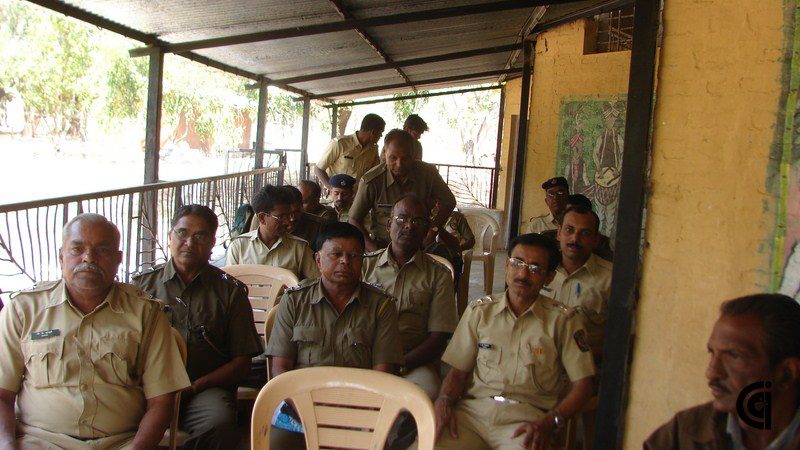
Melghat meaning the ‘meeting of the ghats’ lies in the south-western Satpura mountain range, towards the northern extreme of Amaravati district in Maharastra. All of them were thrilled to visit one of the most beautiful, and oldest tiger reserves in India. However, the beauty of Melghat and its flora & fauna did get diluted with the ground reality of extreme mismanagement of the park by several government departments.
Yes, it had then became one of the ‘least taken care of’ tiger reserves in India and perhaps remained the same even now.Remote location, highly difficult geographic terrain, public transportation issues, and probably negligible tiger/wildlife sighting have kept both the tourists as well as NGOs and government departments away from the reserve and its surrounding. Aged forest department staffs, could hardly contribute anything towards the management of the reserve. This has given the wildlife poachers, regular forest and wildlife smugglers, besides, the pirates a good reason to operate smoothly in the area. Being new to the area and being a non-Marathi, they had route and language issues there. But, surprisingly like music, nature seemed to be communicating to all of them independent of language. Without much of a problem they continued working there along with the forest department staffs and some local villagers.
Click here For more pictures on the work at Melghat
Which organization do you belong to? One forest officer asked Sandeep during one of their days in Melghat. Conservation Consortium India, is what he answered spontaneously. What prompted him to answer that way? He says, “I don’t know how the name came to my mind”. Perhaps because, unconsciously he had reached the understanding that a consortium is necessary for saving our precious flora and fauna. And, that is how our organization name got evolved. Sandeep came back to Ahmedabad after about eighteen days, registered the name as a Facebook page, and started interacting with people under this banner.
The dictionary meaning of ‘consortium’ suggested that it has to be group of people and organizations working towards some common objective and goals. Till now Sandeep was moving ahead and beating around the bushes, all by himself and/or few friends. But, now he started interacting with many people. He talked with members from NGOs, staffs from government departments, photographers, students, educators, conservationists, friends, people who followed his posts on Facebook, and with field experts. Somehow this strategy worked out and led him to both ‘further understanding of the field’ and develop a virtual group known as ‘Conservation Consortium India’. In the process the ‘One’ had become ‘Many’ (Sandeep Mishra, Manish Vaidya, Paresh Gajjar, Vikrant Shah, Tikendra Bhai Patel, Kishori Vaidya, Bipin G Parmar, and Bhushan Kankal) that were going to form the consortium.
The ‘Many’ of the consortium decided to initiate some actions in all possible fronts to see how people respond. They decided to launch awareness and education programs on environment and wildlife keeping in mind the biodiversity and the eco-system as a whole rather than talking about any single or category of species. That is how the ‘Wild InSight Basics: A Workshop on the Fundamentals of Wildlife and Conservation’ got evolved. They thought of multiple projects that would help them in building up the group further. They decided to initiate ‘Mission Clean Thol’ in ordered to clean Thol and its catchment area off plastic and other hazardous garbage. They launched several front-line staff training programs for forest departments. They continued organizing one-day vertical seminars whenever and wherever possible, to share with the participants ‘The Status of Indian Wildlife’. They finally decided to get the organization officially registered, and got ‘Conservation Consortium’ registered under the Societies Registration Act 1860, and Bombay Public Trust Act 1950, at Ahmedabad, India in September 2013.
The journey continued forward..

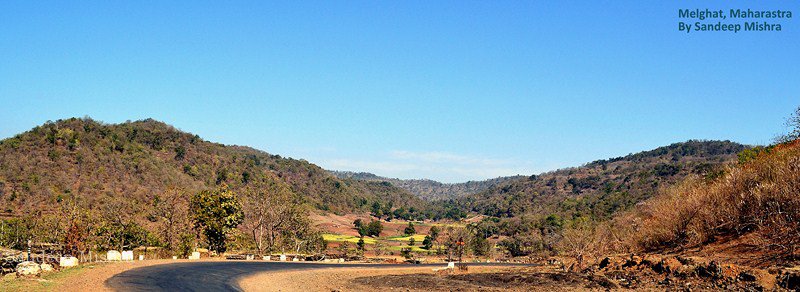
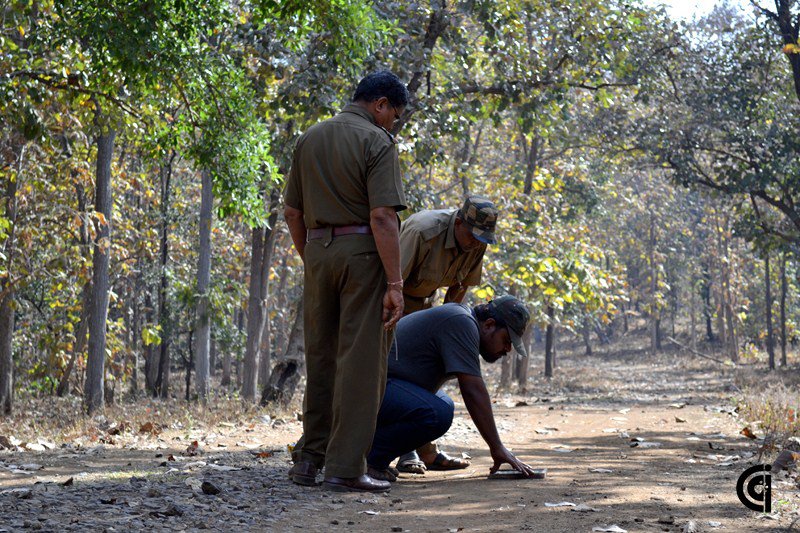
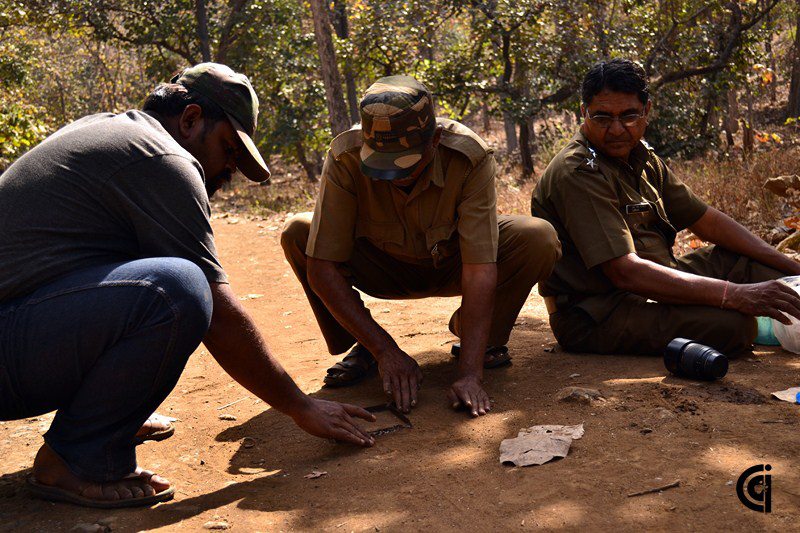
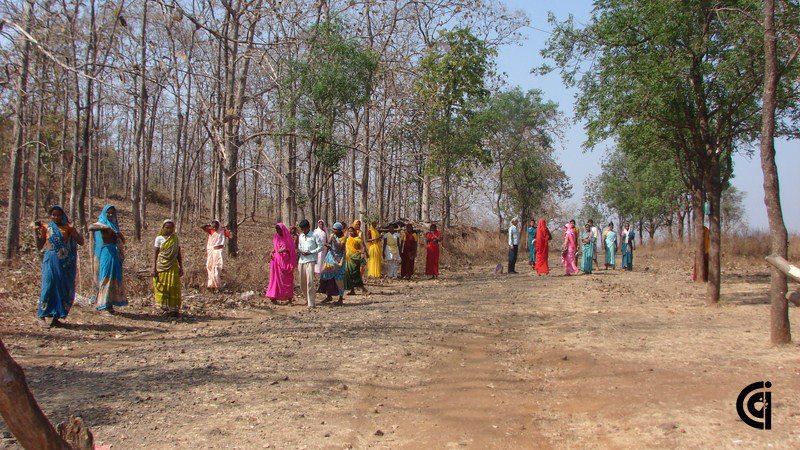
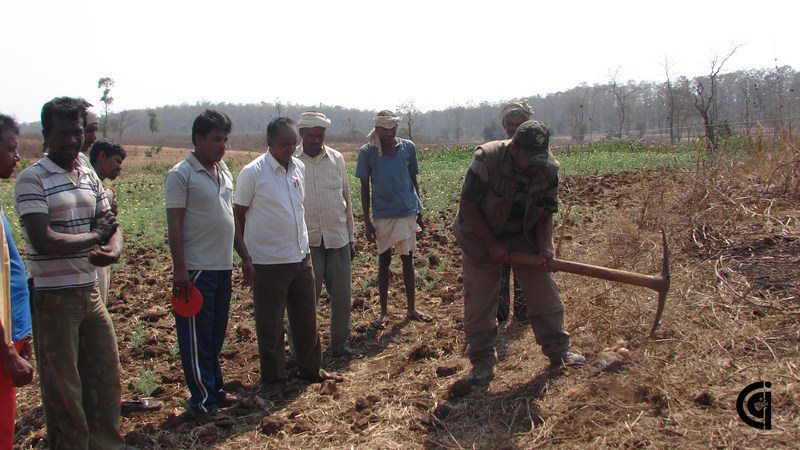
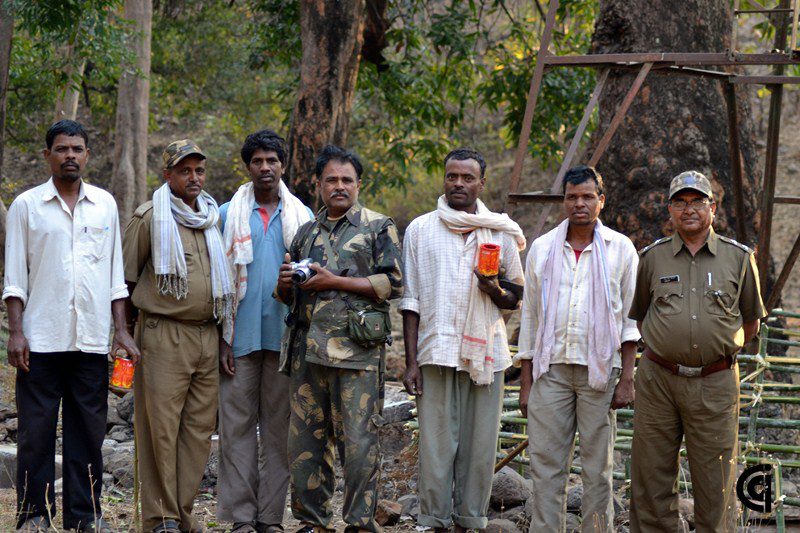
Excellent write-up Sandeep and do send me a text, next time you get such census invitation, shall love to join.
Thank you Anshuman! There are two more posts coming up on the history of CCI. Stay tuned to know more. And, yes will certainly let you know about the future census programmes.